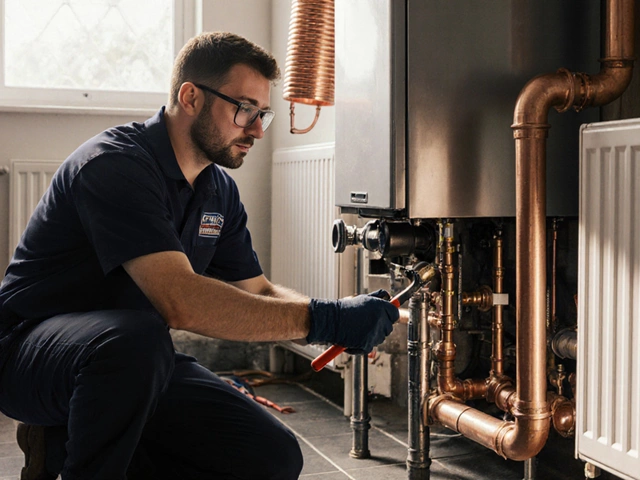Easy Steps to Reset Your Washing Machine
December 25 2024Fixing Broken Oven: Simple Steps to Get Your Oven Running
When your oven stops heating, it feels like the whole kitchen shuts down. The good news? Many oven issues are easy to spot and fix without tearing the house apart. Below are the most common problems, quick checks you can do yourself, and clear signs it’s time to call a professional.
1. Identify the Symptom
First, ask yourself what the oven is doing—or not doing. Is it not turning on at all? Does it heat but not reach the set temperature? Is the timer or display glitching? Write down exactly what you see. This simple list will guide the rest of the troubleshooting and help a repair tech if you need one.
2. Quick DIY Checks
Power Supply: Make sure the oven is plugged in and the circuit breaker hasn’t tripped. A quick reset of the breaker can solve a lot of hiccups.
Thermostat / Temperature Sensor: Most ovens have a sensor near the back wall. If it’s dirty or broken, the oven may think it’s already hot. Clean any grime with a damp cloth, or use a multimeter to test resistance (you’ll see about 1,100 Ω at room temperature). If the reading is way off, replace the sensor.
Heating Elements: Look at the bottom (baking) and top (broil) elements. If you see cracks, rust, or a burnt spot, the element is likely dead. Turn the oven on to the highest setting for a few minutes—if the element doesn’t glow red, it needs swapping.Door Seal: A leaky door lets heat escape. Check the rubber gasket for tears or gaps. A simple wipe‑down or a new seal can restore proper heating.
Control Board: Modern ovens use electronic boards. If the display flickers or buttons don’t respond, unplug the oven for a minute, then plug it back in. A power cycle can reboot the board. If problems persist, the board may need professional replacement.
These checks usually take under 30 minutes and solve about half of oven failures.
3. When to Call a Pro
If you’ve tested the power, sensor, elements, and door seal and the oven still won’t heat, it’s likely a gas valve (for gas ovens) or a major electronic fault. Those parts involve gas lines or high‑voltage components, which are unsafe to tamper with yourself.
Also, if you notice gas smells, strange sizzling noises, or the oven won’t stay on after you set the temperature, stop and call a certified gas engineer right away. Safety comes first.
4. Keeping Your Oven Healthy
Regular maintenance can prevent many breakdowns. Wipe the interior after each use, clean the vents, and run a self‑clean cycle (if your model has one) every few months. Check the door seal yearly and tighten any loose connections on the back panel.
Schedule a professional service at least once a year. A quick inspection can catch worn parts before they cause a total shutdown, saving you time and money.
Fixing a broken oven doesn’t have to be a nightmare. Start with these easy checks, and you’ll know whether you can handle the repair yourself or need a qualified engineer. Either way, you’ll get your kitchen back to cooking in no time.
 22 Dec
22 Dec
Cost Breakdown for Broken Oven Repairs: A Comprehensive Guide
Repairing a broken oven can involve a range of costs depending on various factors like the type of repair needed, the model of the oven, and the cost of labor in your area. This guide explores typical expenses associated with common oven repairs and provides several tips for maintaining your oven to potentially avoid costly repairs in the future. With insights into DIY fixes and professional service options, you're equipped to make informed decisions about your oven's maintenance. Learn how to evaluate repair quotations and when it might be time to consider a replacement instead.
Read More...



